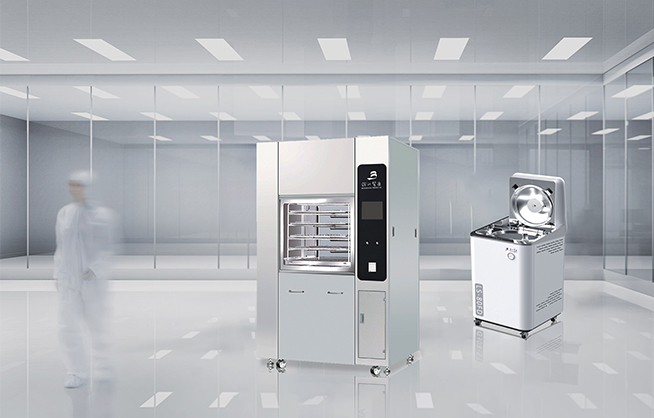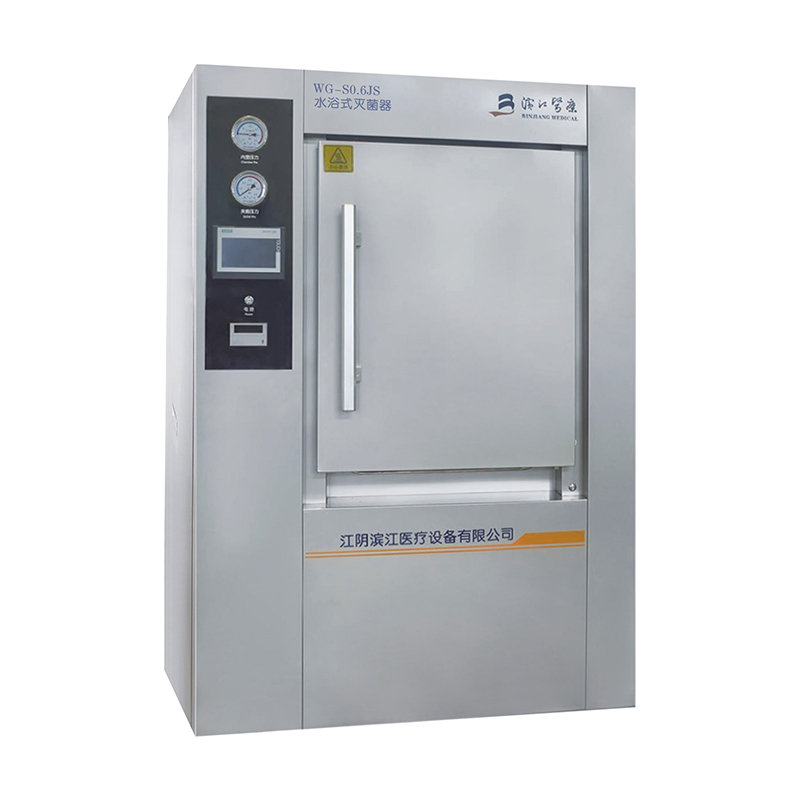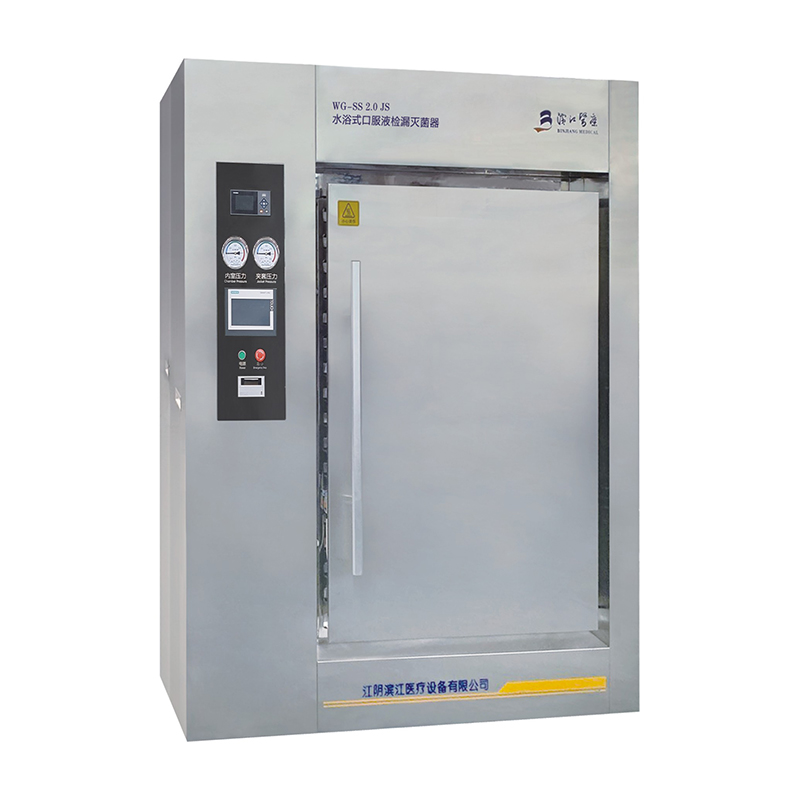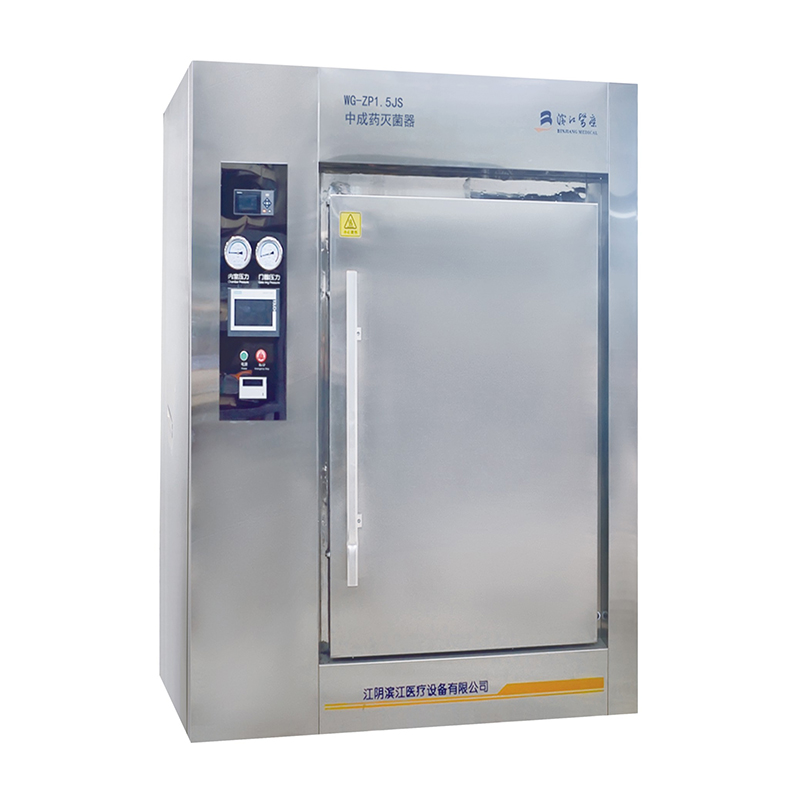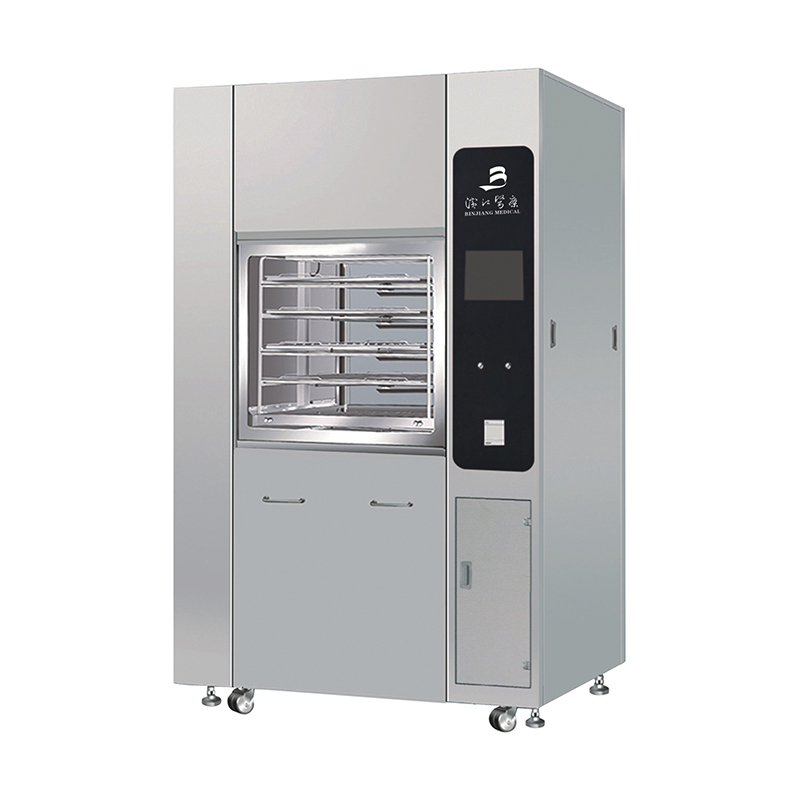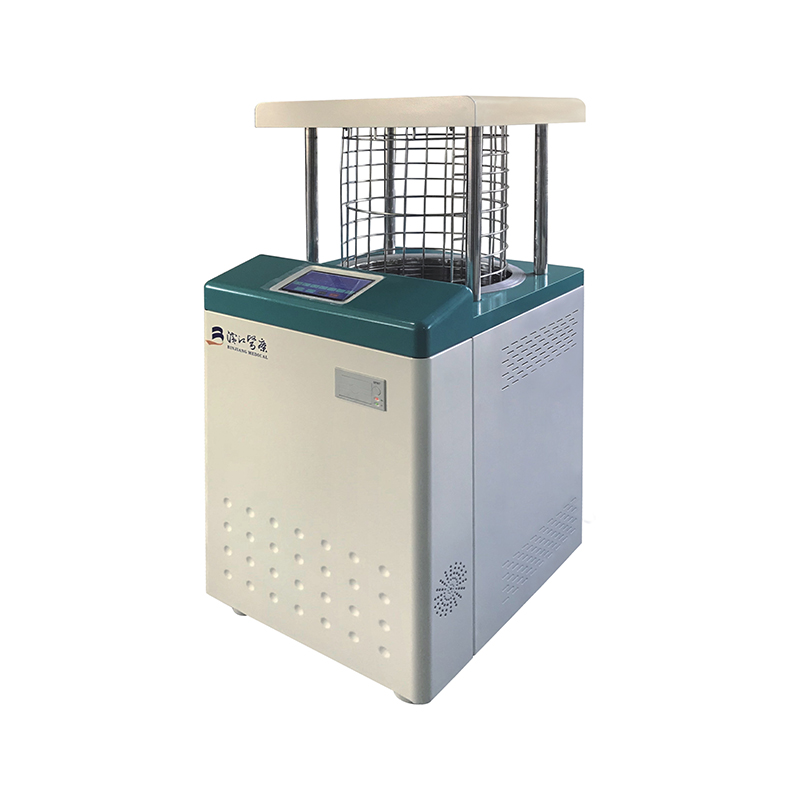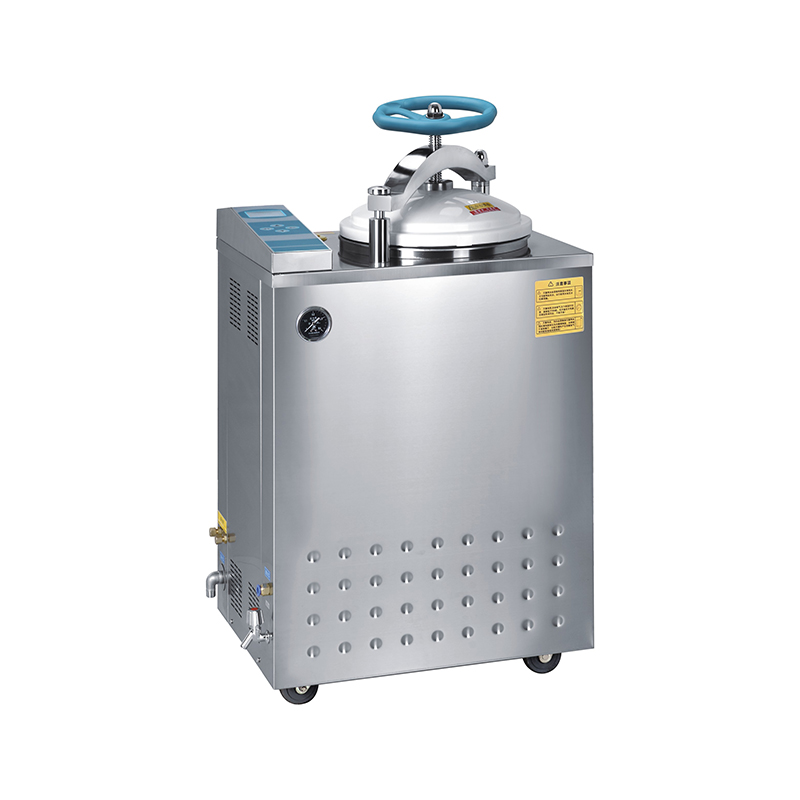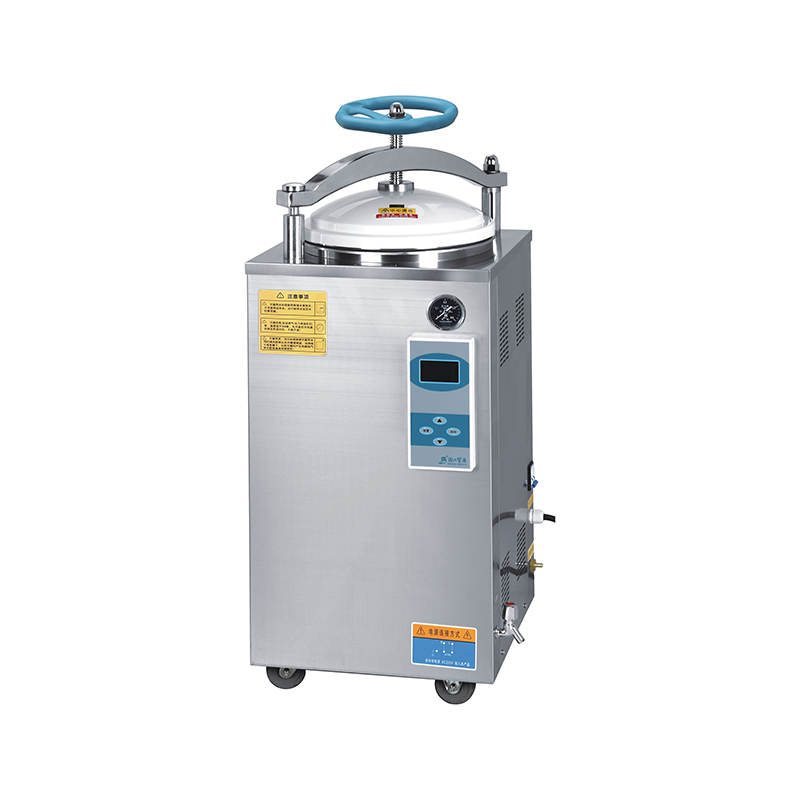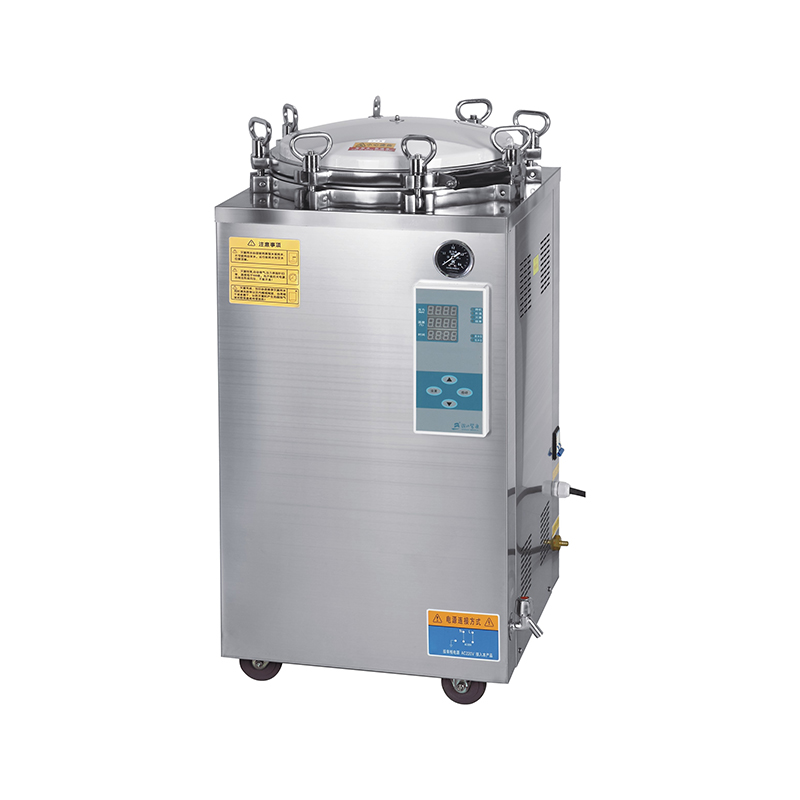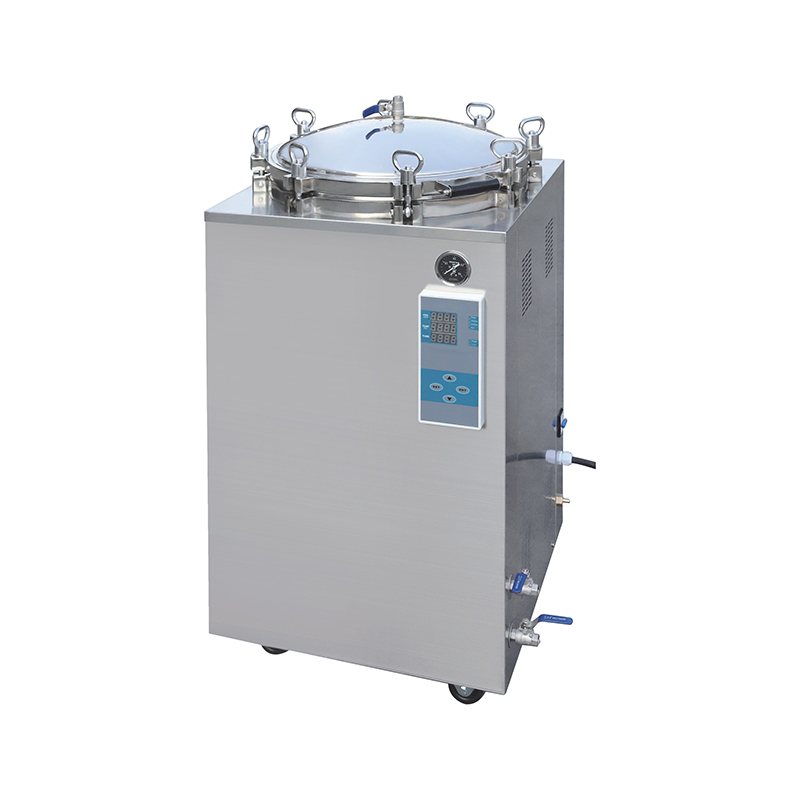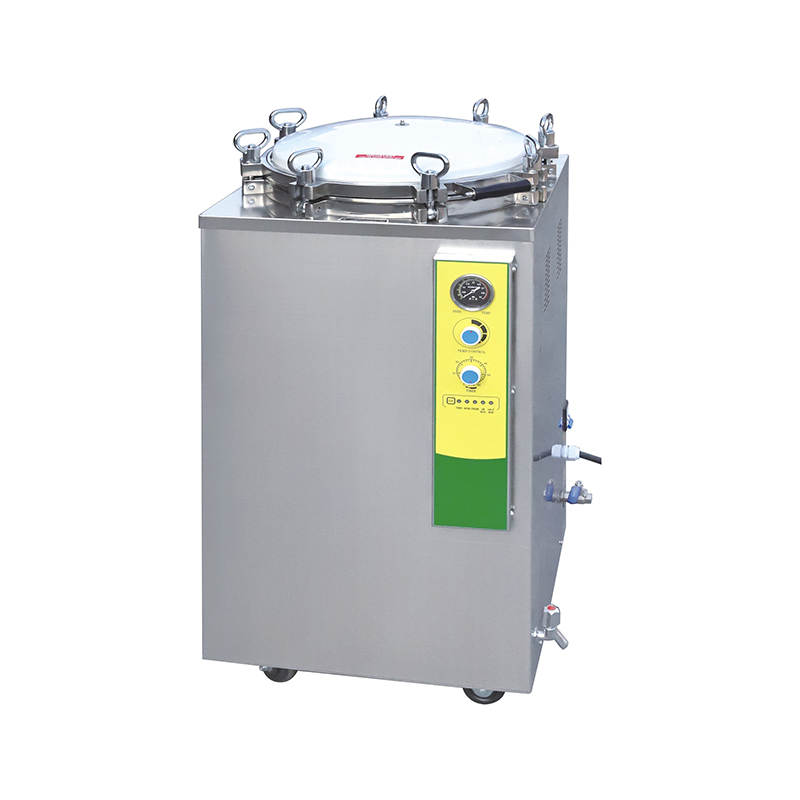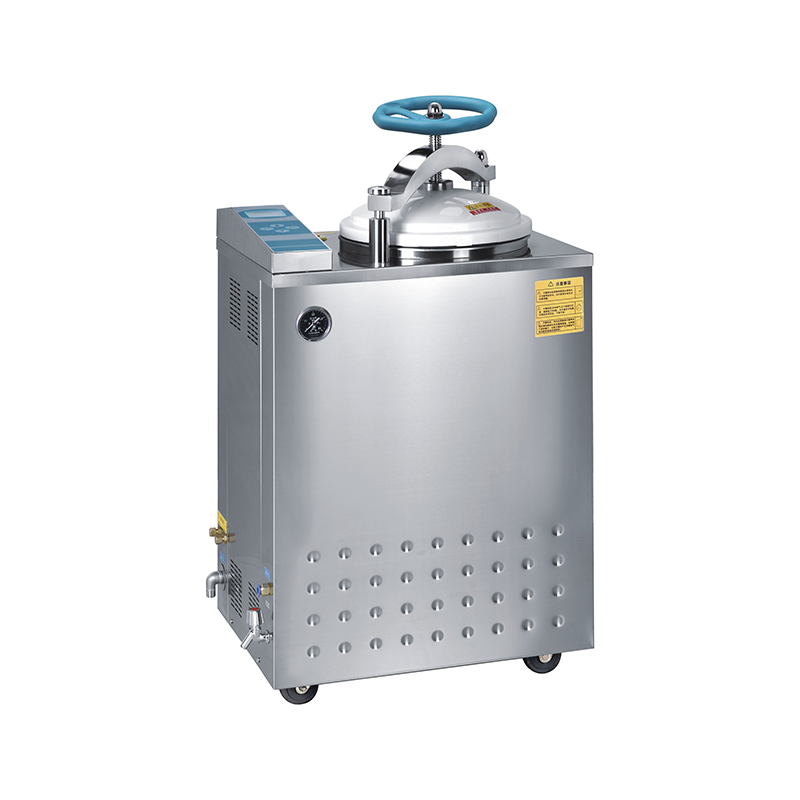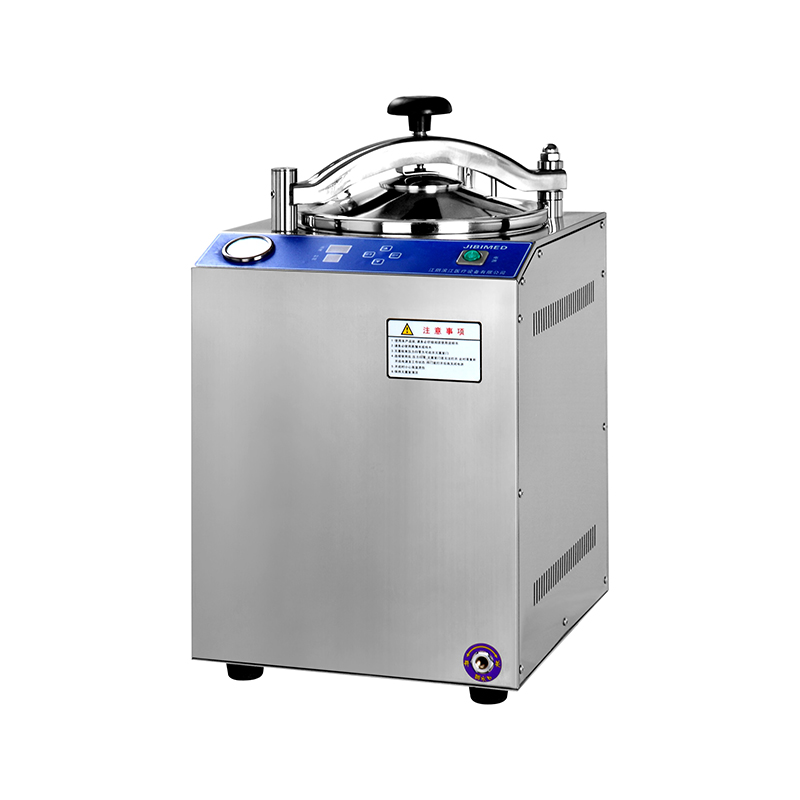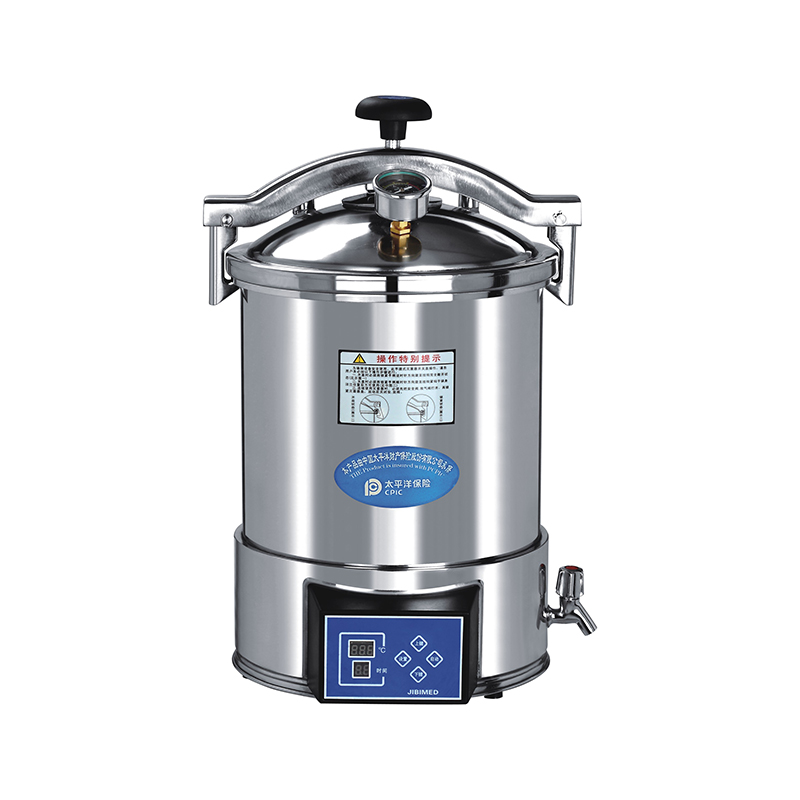The Difference Between Vertical and Horizontal Autoclave
Posted by Admin | 18 Jul
What Defines Vertical vs Horizontal Autoclave
Vertical and horizontal autoclaves both sterilize using pressurized steam, but their chamber orientation changes how you load materials, the usable capacity, footprint, and workflow. Understanding these practical differences helps you choose the right unit for lab media, surgical instruments, or production batches.
Core Principle: Steam Sterilization
Both designs rely on saturated steam at 121–134°C to achieve microbial kill through temperature and time. Performance depends on proper air removal, steam penetration, and hold time. Orientation does not change the sterilization science, but it does affect loading geometry, ease of use, and cycle consistency in real-world settings.
Chamber Orientation and Loading Workflow
Orientation dictates how items are placed and how steam circulates around them. This influences efficiency, safety, and risk of wet packs or broken glassware.
Vertical Autoclave: Top-Loading
- Best for tall flasks, media bottles, small tool trays, and loose labware lowered in baskets.
- Compact footprint with a smaller door area; suited to tight benchtop or corner spaces.
- Loading and unloading require reaching down into a hot chamber; use baskets and heat-resistant grips to reduce burn risk.
- Gravity air removal is common; pre-vacuum models exist but are less typical in entry-level units.
Horizontal Autoclave: Front-Loading
- Ideal for instrument trays, packs, and cassettes arranged on shelves or carts for even exposure.
- Ergonomic loading at waist height; safer removal of hot loads with less reach-in distance.
- Commonly supports pre-vacuum cycles for air removal and enhanced steam penetration, reducing wet packs.
- Requires more lateral space but integrates well with pass-through and clean workflow layouts.
Capacity, Footprint, and Throughput
Choosing between vertical and horizontal often comes down to how much you sterilize per cycle, the size and shape of items, and space constraints.
| Feature | Vertical (Top-Loading) | Horizontal (Front-Loading) |
| Chamber shape | Cylindrical, deeper than wide | Cylindrical or rectangular, wider shelves |
| Typical capacity range | 20–100 L for lab units | 75–600+ L for clinical/industrial |
| Footprint | Small footprint, taller profile | Larger footprint, service clearance needed |
| Batch organization | Baskets; stacking risks airflow blockage | Shelves/trays allow consistent spacing |
| Throughput | Lower to moderate | Moderate to high with cart systems |
In practice, vertical autoclaves suit smaller, flexible workloads, while horizontal units support higher throughput, standardized tray layouts, and integration into sterile processing departments.
Cycle Types, Air Removal, and Drying
Air removal and drying determine whether loads finish sterile and dry enough for immediate use or storage.
Air Removal
- Vertical units often rely on gravity displacement; adequate for liquids and simple labware.
- Horizontal units more commonly offer pre-vacuum and pulsed vacuum cycles, improving steam penetration in wrapped instruments and porous loads.
Drying Performance
- Vertical systems may leave more condensate, especially on densely packed glassware; extended dry phases help but increase cycle time.
- Horizontal systems often include post-vacuum drying, yielding drier packs and faster turnaround for instrument sets.
Safety, Ergonomics, and Compliance
Daily use safety depends on reach, handling, and standards compliance, particularly in clinical settings.
Handling Risks
- Vertical: reaching into a hot chamber increases burn risk; always lift baskets straight up and avoid tilting liquid loads.
- Horizontal: trays slide out at waist height; better for heavy sets and minimizes spill hazards.
Standards and Documentation
- Clinical workflows often require pre-vacuum cycles, Bowie-Dick testing, and batch records, more commonly supported by horizontal units.
- Research labs may prioritize simplicity and cost; vertical autoclaves meet routine sterilization needs with basic validation tools.
Cost, Utilities, and Maintenance
Total cost of ownership includes purchase price, utilities, and service access. Orientation affects installation and maintenance convenience.
Typical Cost Patterns
- Vertical units are generally more affordable with simpler plumbing and controls.
- Horizontal units cost more but deliver higher capacity, advanced cycles, and integration features.
Utilities and Service
- Vertical: lower power draw; manual fills or simple steam sources; compact service access.
- Horizontal: may require dedicated steam supply, water treatment, and clear service aisles; easier access to pumps and vacuum systems.
Selection Guide: Match Use Case to Autoclave Type
Use these practical patterns to decide quickly based on your workload and compliance needs.
| Use Case | Recommended Orientation | Reason |
| Research lab media and glassware | Vertical | Compact, economical, good for liquids and loose labware |
| Central sterile processing (CSSD) | Horizontal | Pre-vacuum, trays, pass-through, higher throughput |
| Dental/clinic instrument sets | Horizontal (small) | Dryer packs, ergonomic loading, recordkeeping options |
| Field or constrained spaces | Vertical | Small footprint, simpler installation |
Practical Tips to Avoid Common Pitfalls
Whichever orientation you choose, daily practices determine cycle success and item longevity.
- Avoid overloading; maintain gaps for steam flow, especially in vertical baskets.
- Use appropriate cycle types: gravity for liquids; pre-vacuum for wrapped or porous loads.
- Vent liquid containers with loosened caps and elevate with racks to prevent breakage.
- Validate routinely with biological indicators and Bowie-Dick tests where applicable.
- Plan for drying time; add post-vacuum or desiccation steps to reduce wet packs.
- Schedule maintenance for gaskets, valves, and vacuum pumps to keep cycles consistent.
Key Takeaway
Choose a vertical autoclave for compact, cost-effective sterilization of lab liquids and general glassware. Choose a horizontal autoclave for ergonomic loading, pre-vacuum capability, drier instrument packs, and higher throughput in clinical or production environments. Orientation shapes workflow and compliance more than the sterilization science itself.


 English
English русский
русский Français
Français Español
Español bahasa Indonesia
bahasa Indonesia Deutsch
Deutsch عربى
عربى 中文简体
中文简体
